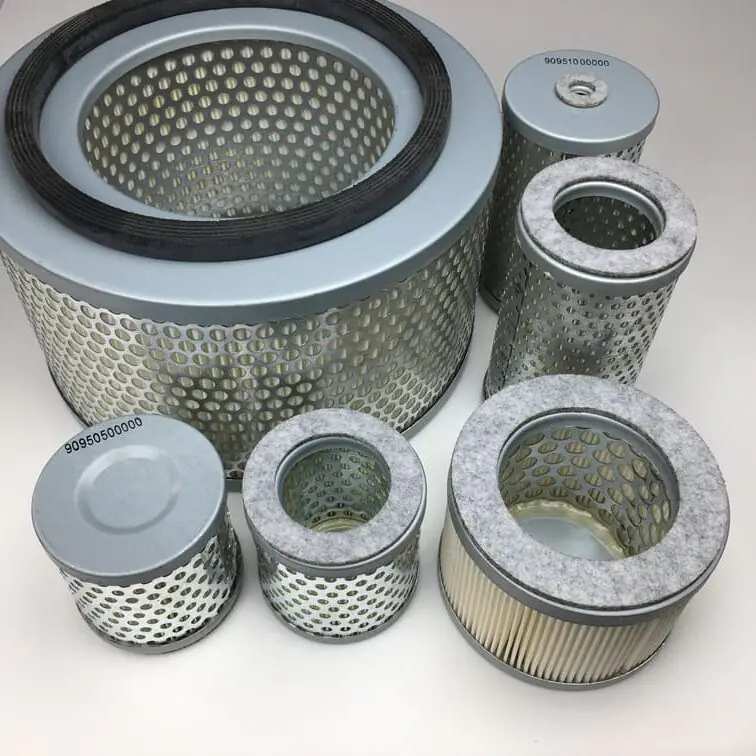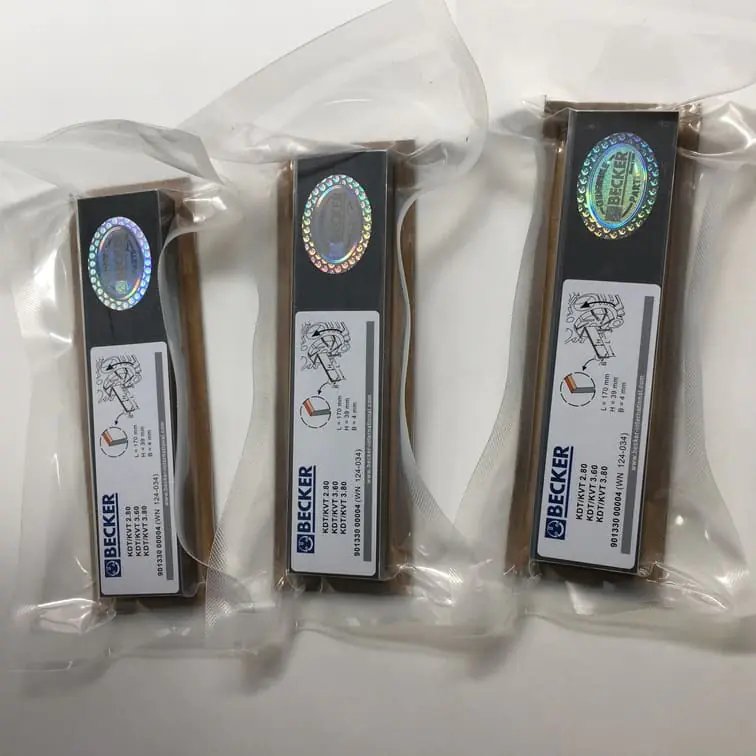Does Taking Out My Car’s Vacuum Pump Increase Power?
Cars have numerous components working together to ensure optimal performance, and one of these components is the vacuum pump. It plays an important role in providing vacuum power for various auxiliary systems in your car, such as the brake booster. But some car enthusiasts wonder: Does taking out the vacuum pump increase power? This question has been the subject of debate in many automotive forums and workshops. This comprehensive guide will break down the facts, implications, and possible consequences of removing the vacuum pump from your car’s engine.
What Is a Vacuum Pump in a Car?
A vacuum pump is an engine component designed to provide the necessary vacuum power for various systems in vehicles, especially in diesel engines or engines with turbochargers that can’t generate sufficient vacuum on their own. The vacuum pump’s role is primarily to assist in the braking system by powering the brake booster, but it also serves other vacuum-dependent systems, such as the emissions controls and HVAC system.
Why Cars Have Vacuum Pumps
- Braking Assistance: Most cars use vacuum-assisted brake boosters to make braking more effective and effortless for drivers. Without a vacuum pump, creating enough vacuum to power the brake booster would be challenging, especially in diesel engines.
- Supporting Emissions Systems: Vacuum pumps also play a role in managing emission control systems, like the EGR (Exhaust Gas Recirculation) valve, which requires consistent vacuum pressure to function effectively.
Removing the vacuum pump could therefore impact your vehicle’s performance in these areas.
Advantages of a Vacuum Pump
- Better Braking: With proper vacuum assistance, braking is smoother and more efficient.
- Emissions Compliance: Vehicles require the vacuum system to comply with emissions standards and reduce the environmental footprint.
- HVAC Performance: Your HVAC system relies on proper vacuum pressure to function efficiently, allowing comfortable cabin temperature control.
Does Removing the Vacuum Pump Increase Engine Power?
In theory, removing the vacuum pump can marginally increase engine power by reducing parasitic drag—the power that auxiliary components take from the engine. However, it is important to weigh the trade-offs and risks before making such a modification.
1. Parasitic Losses Explained
A vacuum pump is typically driven off the engine—either through a belt, gear, or chain—which means it consumes a small amount of power, contributing to what’s called “parasitic losses.” Removing the pump reduces this load, theoretically giving more power back to the engine.
| Component | Power Consumption | Effect on Power Gain |
|---|---|---|
| Vacuum Pump | Low to Moderate | Small power increase |
| AC Compressor | Moderate to High | Noticeable power increase when removed |
The table above shows the relative power consumption of various components, with the vacuum pump drawing far less compared to the air conditioning compressor. Hence, the power increase achieved by removing the vacuum pump will be minimal.
2. Realistic Power Gains
Most vehicle owners report that removing the vacuum pump may result in minimal power gains of roughly 1-3 horsepower. This is largely because modern vacuum pumps are engineered to be energy-efficient and do not place a significant burden on the engine. For comparison, switching to a lightweight crankshaft pulley or removing the air conditioning system tends to yield higher power gains.
Quote: “Removing the vacuum pump might give you an extra 1-3 horsepower, but at what cost? Braking efficiency and safety could be compromised.” – Automotive Expert, Sam Merani.
Consequences of Removing the Vacuum Pump
1. Reduced Braking Efficiency
The primary role of the vacuum pump is to power the brake booster, making braking easier and more efficient. If the vacuum pump is removed:
- Brake Booster Failure: The brake booster may not receive enough vacuum pressure, leading to reduced braking power.
- Increased Pedal Effort: Drivers will need to press harder on the brake pedal to achieve effective braking, which may become cumbersome in emergency situations.
2. Impact on Emission Control Systems
In many vehicles, the vacuum pump also assists in managing emissions control systems like the EGR valve. Without a vacuum pump, the vehicle may no longer be able to meet emission standards. This can lead to the following issues:
- Higher Emissions: Your car may emit more pollutants, leading to potential fines during emissions testing.
- Engine Warning Lights: The ECU (Engine Control Unit) may trigger warning lights on the dashboard if the emissions systems are not functioning properly.
Alternatives to Removing the Vacuum Pump
1. Electric Vacuum Pumps
For those wanting to reduce parasitic losses without compromising braking performance, an electric vacuum pump is a good alternative. It runs independently of the engine and only operates when necessary, leading to improved efficiency.
- Pros: Reduces parasitic losses while maintaining braking assistance.
- Cons: Requires additional wiring and may add some weight.
2. Brake Booster Delete Kits
Another option for performance-oriented vehicles is using a brake booster delete kit. These kits eliminate the need for vacuum-assisted braking, relying instead on manual braking systems that offer a more direct pedal feel. However, this may not be ideal for daily drivers.
| Alternative | Benefits | Drawbacks |
|---|---|---|
| Electric Vacuum Pump | Reduced parasitic drag, retains brake assist | More complexity, slight weight increase |
| Brake Booster Delete Kit | More direct braking feel | Requires increased pedal effort |
How to Remove the Vacuum Pump Safely
If you decide to remove the vacuum pump, it’s important to do it properly to avoid potential damage or safety hazards. Follow these steps:
1. Disconnect the Battery
Always disconnect the car battery before working on any engine components to prevent electrical shorts and accidental starts.
2. Locate the Vacuum Pump
The vacuum pump is typically mounted on the engine and may be driven by the crankshaft or a timing belt. You will need a set of basic tools, including wrenches and ratchets, to access the pump.
- Tools Needed: Wrench set, ratchet, socket set.
- Preparation: Remove any obstructing components, such as covers or belts, to access the pump.
3. Disconnect All Vacuum Hoses
Carefully disconnect all hoses attached to the vacuum pump. Label these hoses if needed to ensure you understand where they originally connected.
4. Remove the Pump
Using a suitable wrench, unbolt the vacuum pump from its mounting bracket. Take care not to damage any surrounding components.
- Inspect Components: After removing the pump, inspect the mounting area for leaks or wear.
Warning: Removing the vacuum pump without ensuring an alternative vacuum source for the brake booster can severely compromise your vehicle’s braking system. Proceed with caution.
Legal Considerations
Before removing any emissions-related components like the vacuum pump, it’s important to understand the legal ramifications. In many countries, modifying emissions systems is illegal and can result in fines or penalties.
- Emissions Testing: If your area requires emissions testing, removing the vacuum pump could lead to automatic failure.
- Insurance and Liability: Removing safety-critical components may also impact your vehicle insurance and liability in case of an accident.
Frequently Asked Questions
1. Can Removing the Vacuum Pump Improve Fuel Efficiency?
Removing the vacuum pump can slightly reduce parasitic drag, leading to marginal fuel efficiency improvements. However, the effect is usually negligible.
2. Is It Safe to Drive Without a Vacuum Pump?
Driving without a vacuum pump is not recommended, especially for daily use. It severely impacts braking efficiency and increases the effort needed to apply the brakes.
3. Will Removing the Vacuum Pump Affect My Car’s Warranty?
Yes, removing the vacuum pump may void the warranty on your vehicle, especially if it affects safety or emissions systems.
4. Are There Performance Gains From Removing the Vacuum Pump?
While there may be a minor increase in horsepower, the risks to safety and vehicle compliance often outweigh these small gains.
5. How Do I Replace the Vacuum Pump With an Electric Version?
Replacing a mechanical vacuum pump with an electric one involves mounting the new pump, connecting the necessary hoses, and wiring it to the vehicle’s electrical system.
Conclusion
Removing the vacuum pump from your car’s engine might seem like an appealing way to gain extra power, but the actual benefits are minimal compared to the risks. The pump plays an essential role in providing vacuum for braking, emissions, and other vital systems. Removing it could compromise your safety, lead to legal consequences, and even void your vehicle’s warranty.
If you are focused on performance enhancements, consider less critical modifications that do not impact safety, such as upgrading the air intake system or exhaust. Alternatively, opting for an electric vacuum pump can help you reduce parasitic losses while retaining the functionality needed for safety and compliance.
For more information on vacuum pump components and replacements, visit our Vacuum Pump Spare Parts. Upgrading or maintaining your existing vacuum pump with quality parts, like the Becker Set of 5 Vanes, ensures that your vehicle operates efficiently and safely.

Regular maintenance and informed decisions are key to enhancing performance without compromising safety or legality.




